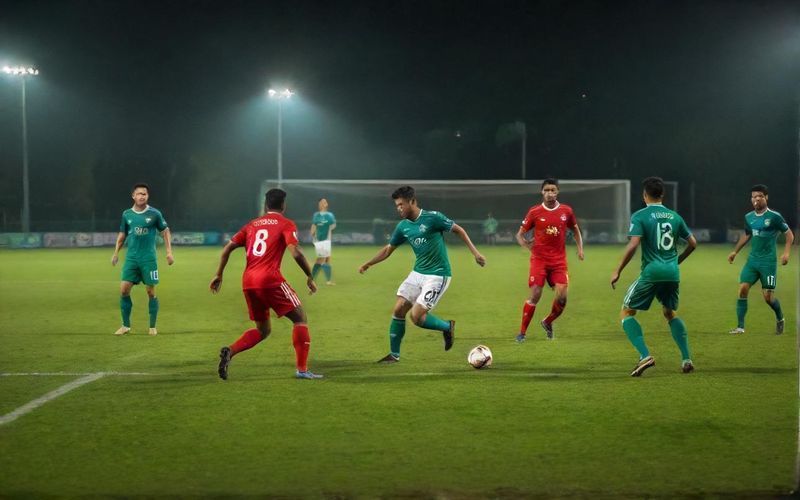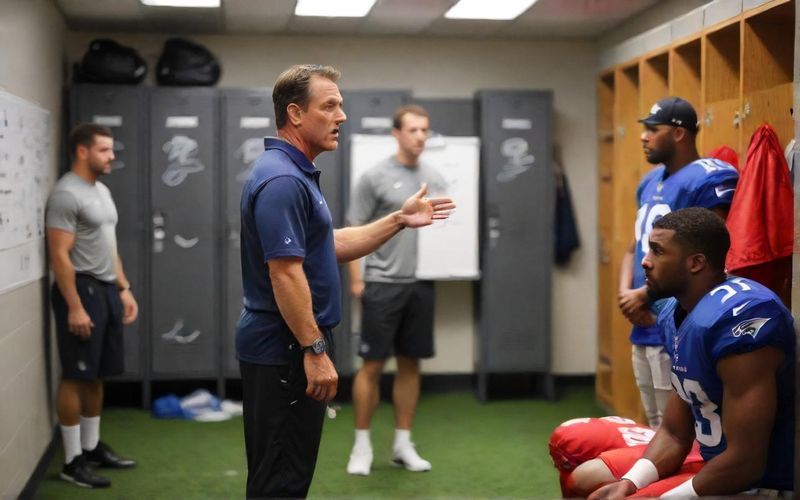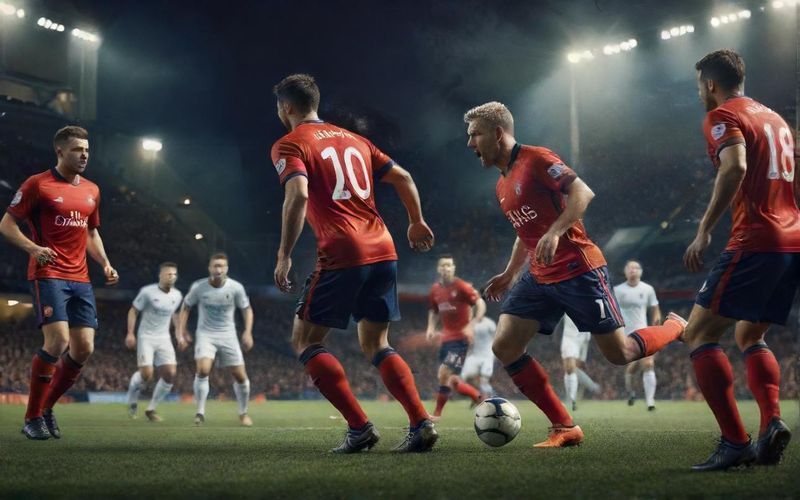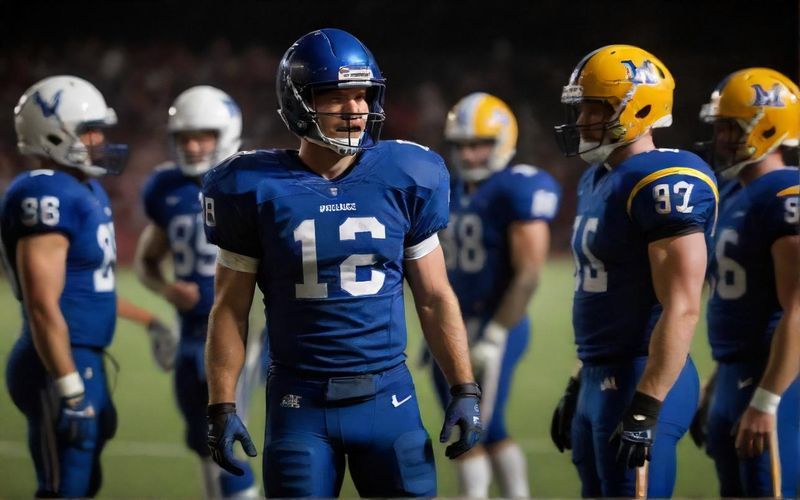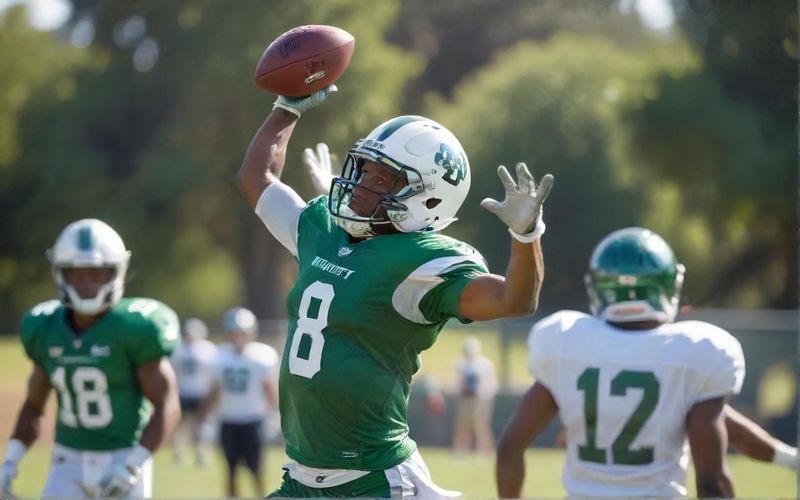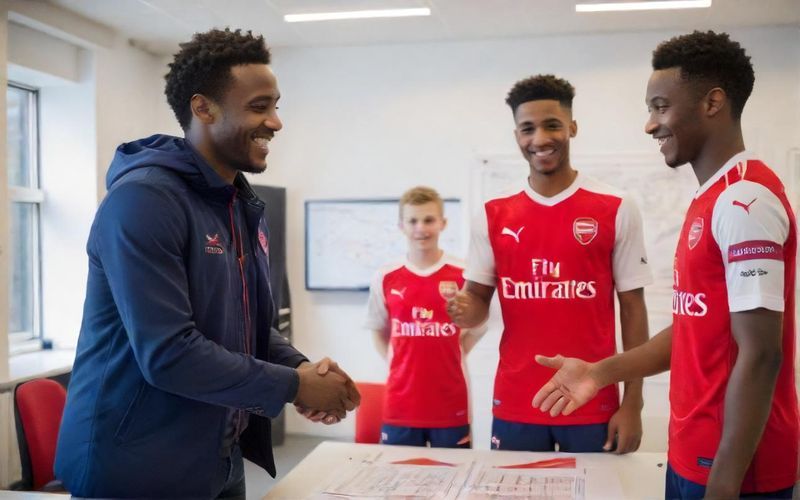Jets Trade Quinnen Williams: What It Means
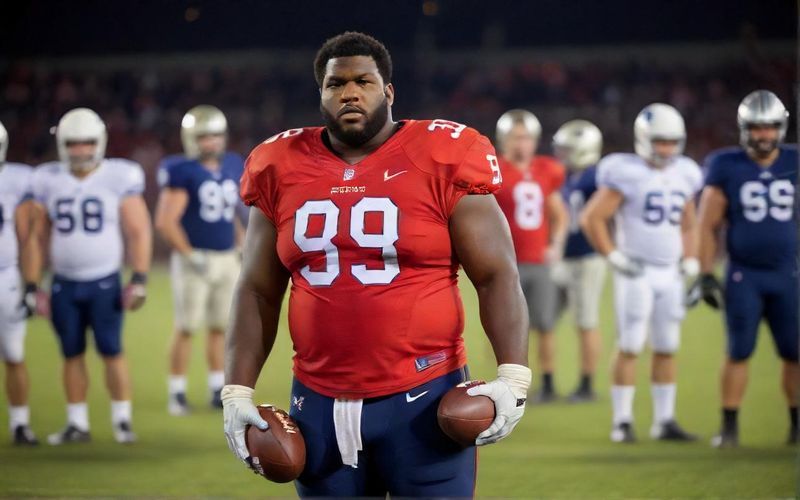
What's particularly striking about this transaction is the Jets' stated position previously – that they weren't entertaining offers unless they involved multiple first-round picks. While they did secure significant draft capital (a second and a first-rounder), the fact that they ultimately moved Williams without securing two firsts hints at a growing urgency to address their own roster and, perhaps, a tacit acknowledgment that the situation with Williams had become untenable. This also dovetails with the earlier news of them trading away Sauce Gardner, another star player, for draft assets. It paints a picture of a franchise aggressively pivoting, leveraging its top talent for future flexibility. But at what cost to team chemistry and immediate on-field presence? Losing two such significant defensive leaders in quick succession leaves a leadership void that can't be easily filled by draft picks alone, especially when those picks are years away from potentially making an impact.
Across the league, other teams are also navigating the complexities of player acquisition and retention. The Pittsburgh Steelers, for instance, appear to be in a win-now mode, eyeing defensive reinforcements. The name Jeffery Simmons of the Tennessee Titans has been floated as a potential target. The Titans, in a clear rebuilding phase, are reportedly open to discussing almost anyone, and Simmons, a formidable defensive tackle with impressive stats this season, represents the kind of established talent that could immediately bolster a defense struggling against the run, as the Steelers' has been. It’s a classic “win-now” versus “rebuild” strategy playing out in real-time. The Steelers are betting on their current window, while the Titans are clearly looking to the future.
Then there's the fascinating situation with Jacksonville Jaguars cornerback Jarrian Jones. His story is a compelling example of how scheme fit can drastically alter a player's trajectory. A promising rookie in a man-heavy defense, his playing time has dwindled in a more zone-oriented scheme. This raises an intriguing point: how much of a player's success is truly their own talent versus the system they operate within? The Steelers, who employ more man coverage, might see Jones as a cost-effective solution to shore up their secondary, a unit facing its own challenges. It’s a calculated gamble, betting that a change of scenery and a scheme that better suits his skillset could unlock his potential – a relatively low-risk, potentially high-reward proposition.
These moves, from the blockbuster Quinnen Williams trade to the more nuanced discussions around Simmons and Jones, illustrate the intricate dance of professional football. It’s a league driven by talent, but also by financial considerations, team needs, and, increasingly, the mental and emotional well-being of its players. As teams like the Jets and Titans embrace significant organizational shifts, and clubs like the Steelers aim to capitalize on their competitive windows, we're left to wonder: in this era of rapid roster turnover, can any player truly find long-term stability, or is the pursuit of championship contention a perpetual cycle of calculated risk and inevitable change?

